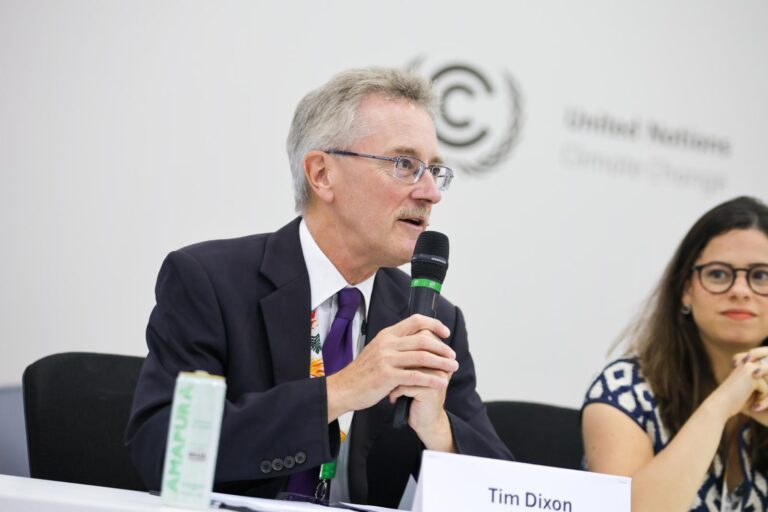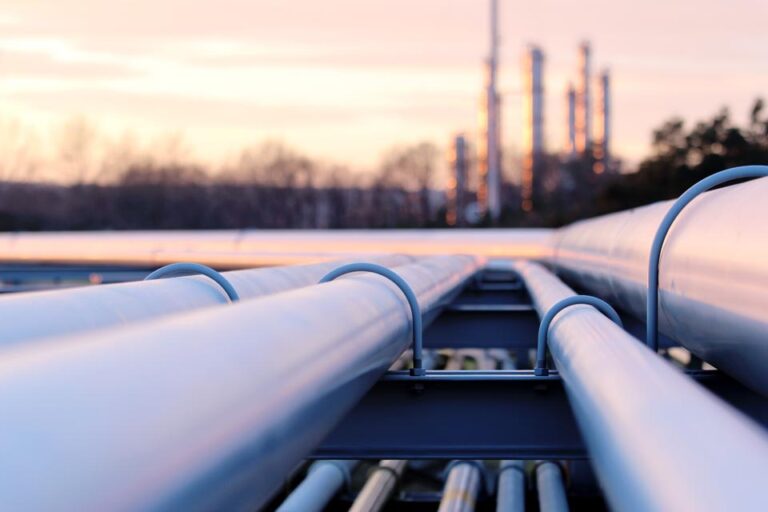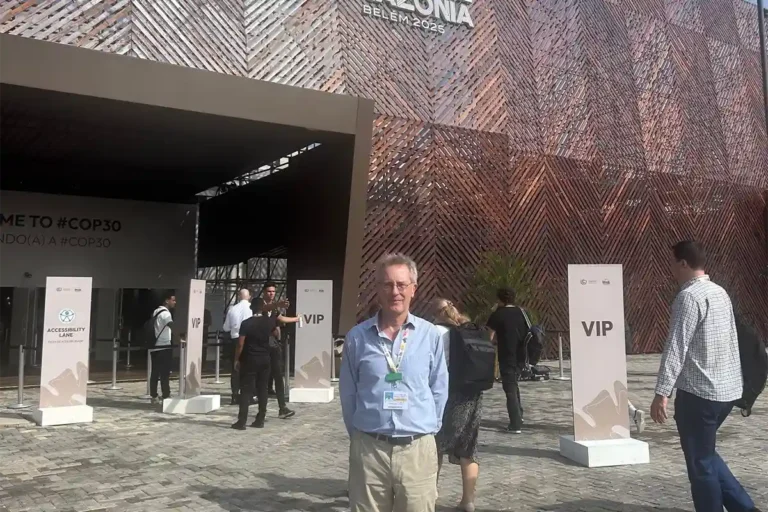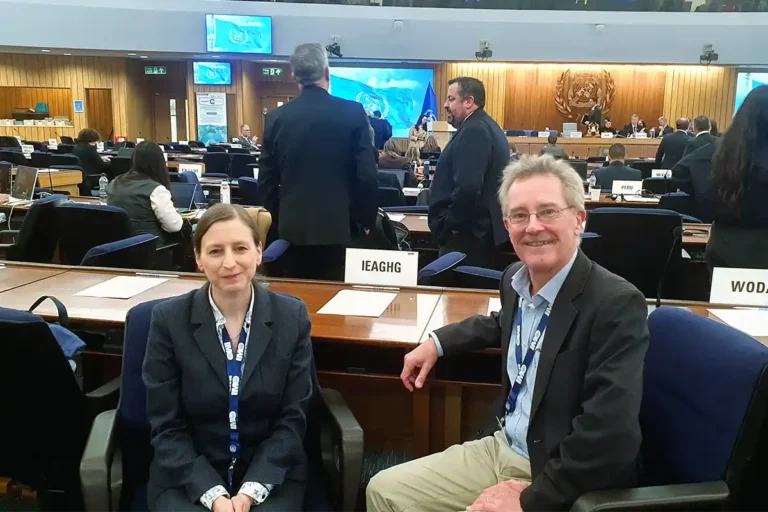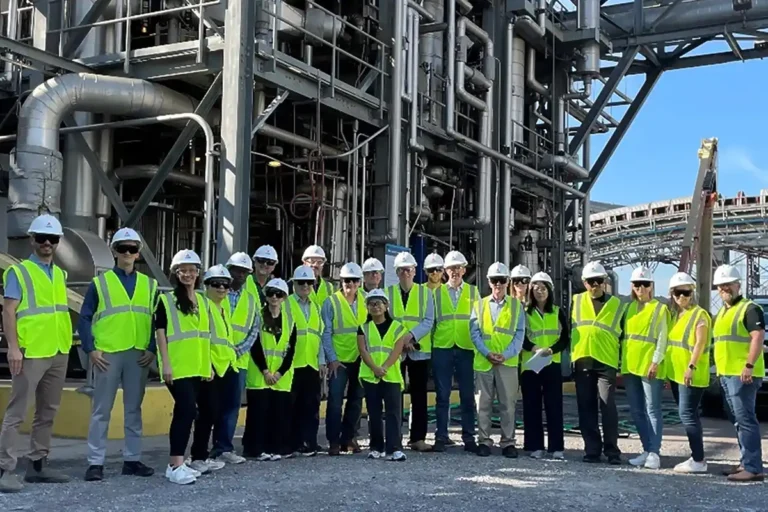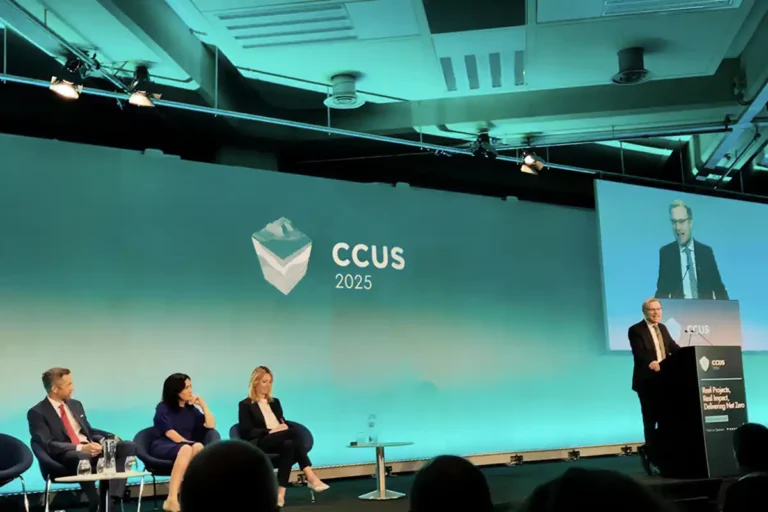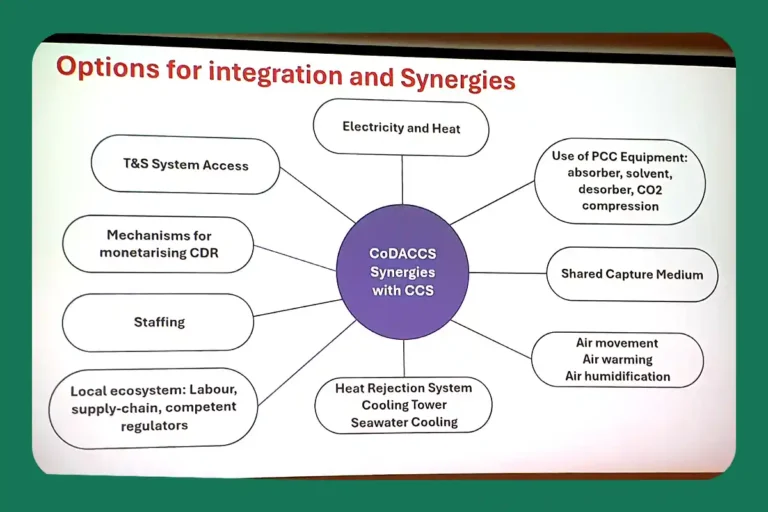
New IEAGHG Technical Review; 2018-TR03 Cost of CO₂ capture in the industrial sector: cement and iron and steel industries
6 September 2018

Several studies on the technical and economic feasibility of carbon capture technologies in the cement and iron and steel sectors have been published. However, most of those do not contain detailed information on the cost methodology and/or the data and assumptions underlying the analysis.
Transparent communication of cost of CO2 capture systems in the industrial sector is essential for organizations involved in policies, investments, research, development and manufacturing. In this regard, IEA and IEAGHG have joint efforts in a common technical document to review the cost of CCS in the cement and iron and steel industries. The work was divided in three phases: 1) screening of high-quality information; 2) implementation of a cost-review method; and 3) techno-economical assessment of the selected cases.
Firstly, the literature review showed a wide range of assumptions in the design of CO2 capture systems, their heat integration with the manufacturing plant, and the energy or steam sources. Additionally, economic parameters were different between studies, what had a significant impact on the results. Consequently, there was a wide range of costs per technology, what gave a more positive or negative view on the implementation of carbon capture systems.
Secondly, after homogenization of economic data through our cost-review method, the range of costs was reduced. It was observed that detailed cost estimations tend to present higher costs, whereas the opposite is seen with less detailed studies. Moreover, level of details is often linked to the technology readiness level (TRL).
Thirdly, results can be summarized as follows:
- In the cement sector, calcium looping and indirect calcination configurations are promising. However, those are highly dependent on a maximum heat integration and sale of energy surplus to the electricity grid. Membranes and oxyfuel systems show a lower CO2 avoidance cost than chemical absorption with traditional solvents. Nevertheless, chemical absorption is at a more advanced development stage and has a high cost reduction potential by the use of advanced solvents. Hybrid systems are expensive, although the information on those technologies is limited and more experience is needed.
- In the iron and steel industry, VPSA is promising for the steelmaking processes considered (blast furnace, TGRBF, HIsmelt and COREX). In this sector, chemical absorption is not much more expensive than other carbon capture options as in the case of the cement sector. Again, advanced solvents would be key to reduce costs, and large projects are still needed.
It is difficult to determine the “best” technology for each sector, mainly due to the overlap of CO2 avoidance cost ranges and lack of large-scale experience to identify operational issues and the optimum integration with the manufacturing process.
This technical review is part of the IEAGHG concern on CCS in the industrial sector, where we have covered several industries and technical aspects through our previous reports. We will continue monitoring this sector and the forthcoming developments on CCS systems.
This review is free to member countries, To request a copy of the report, please send an email to becky.kemp@ieaghg.org
Other articles you might be interested in
Get the latest CCS news and insights
Get essential news and updates from the CCS sector and the IEAGHG by email.
Can’t find what you are looking for?
Whatever you would like to know, our dedicated team of experts is here to help you. Just drop us an email and we will get back to you as soon as we can.
Contact Us NowOther articles you might be interested in
Get the latest CCS news and insights
Get essential news and updates from the CCS sector and the IEAGHG by email.
Can't find what you are looking for?
Whatever you would like to know, our dedicated team of experts is here to help you. Just drop us an email and we will get back to you as soon as we can.
Contact Us Now


